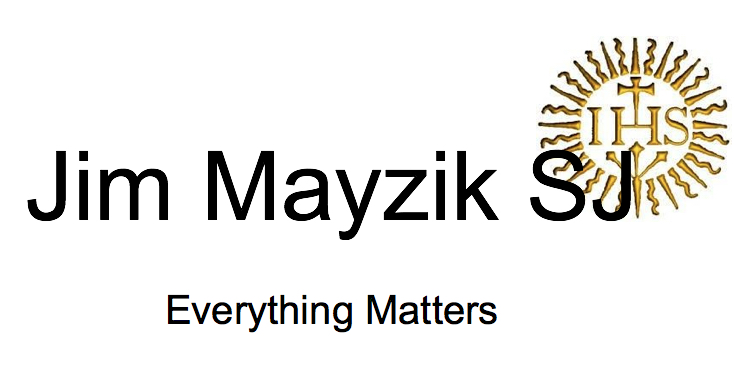Day Three. Cows, donkeys, and sheep. Blisters?
Haunting coast
Breakfast at the bar: tortilla de patatas (potato omelette) a staple in every bar, and fresh squeezed orange juice to order, served up by a beautiful, sweet young woman with a smile for every patron. Not like New York. What a way to begin!
Within moments the trail led to 104 steps up the side of a hill to a spectacular route on the edge of a mountain, right beside the sea. This was the coast I hoped to follow, and here it was, and for the moment it was all mine. The breathtaking views reminded me of Ireland's cliffs of Moher, and my mind wandered back to the disasters of the Spanish fleet off the shores of the Emerald Isle. I could imagine those ships sailing out of this coastline, on their way in the late 1500's to overthrow the English queen and restore Catholicism to England. But they met defeat at the hands of the British fleet, and violent storms on Ireland's coast during their retreat caused a lot of the ships to sink. The survivors swam to shore, and many stayed and eventually intermarried--the fabled origin of Ireland's "black Irish".
It's not hard to absorb the history of this great country, still lingering in its air. Spain was once the superpower of the world, with colonies and world trade dominance, and of course great military might. I wonder how much of the pride of that heritage is still operative in the people here. How might we Americans feel in generations to come when we have been surpassed in dominance of the world--culturally, economically, militarily?
I passed a great many abandoned ruins of buildings along the way, both along the sea and later when the Camino turned inland. Who lived in these humble houses of stone and mortar and clay? Who worked and sweated in these abandoned workhouses--structural skeletons of their former selves--and what was the work done here? I lingered around these buildings, taking evocative photos, perhaps secretly hoping for a ghostly apparition: the dirty face of a laborer in the empty frame of a window, a child's infectious laughter coming from behind the remnants of a barn. This kind of experience is not quite possible back home, at least not going back over centuries of history.
I had my first encounter with fellow Camino pilgrims: Seth from South Carolina, and Felicity from Australia. Both were on their 20's, and they had become partners --at least for now--in Bilbao. We exchanged some tips about gear, projected timeframes to reach certain destinations, the difference in all our accented English. I found them delightful, and they clearly were taken with my New York attitude. (Ok, maybe it's just my weird sense of humor that seemed to charm them). We met a few others on the trail, who confused us all about the correct turnoff towards the shorter way to our next destination.
I did not take their advice as I decided to move on ahead of the group, and the result was that I took the MUCH LONGER route that involved CLIMBING A HUGE MOUNTAIN TRAIL. There was no one on this 'classic' Camino trail, and I knew why. But I had numerous encounters with cows and sheep (long-haired and short-haired, who knew?), lots of donkeys and a horse or two or five. And despite the hills, it was very beautiful. I compared it to walking in the country lanes of Vermont where my sister and her family live. Similar, but not exactly the same. Different kinds of trees, and a very European way of tending to mountainside fields, gardens, and livestock. Much more casual and practical.
On the way down, the trail took me through some little villages. Everyone I encountered along the way wished me a "buon Camino" ("have a good Camino journey"). I guessed they didn't mind having all these strangers with backpacks traipsing through their narrow lanes, right outside their porches. Several men were taking care of their flower gardens, and one called me over with universal hand gestures to smell his beautiful roses. They did smell nice, and I could tell he appreciated it when I made a fuss over them in a language he definitely did not understand. I walked away from that encounter considering how men could even relate over the beauty of flowers. Why all the fighting then?
The way felt a lot longer as my feet began to hurt--the beginning of dreaded blisters?--and my backpack felt heavier than ever on my shoulders. The last few kilometers taking me into Castro-Urdiales, a seaport on the Bay of Biscay, were pretty quncomfortable. The city is an interesting one--they have a castle and a church from the Middle Ages, but today they are known for processing sardines and anchovies...not my favorite seafood. They also have lovely beaches and a scenic harbor.
As soon as I got to my small hotel, I immediately went out and bought anti blister stuff, and the equivalent of Ben Gay for my shoulders. This Camino is definitely taxing on the body, but it is wonderful for the soul.
Thank God for all of it, the joy and the pain!
What do you want, you backpacker?
Who lived here?
Glorious fields
Camino beckons






